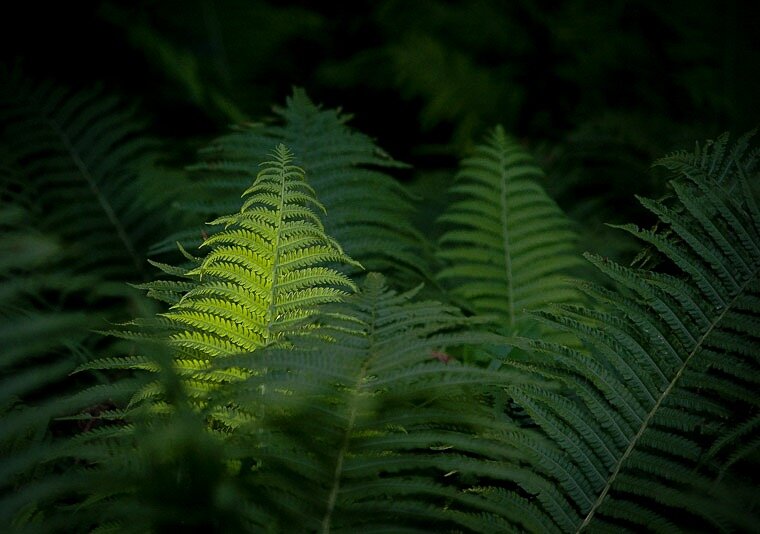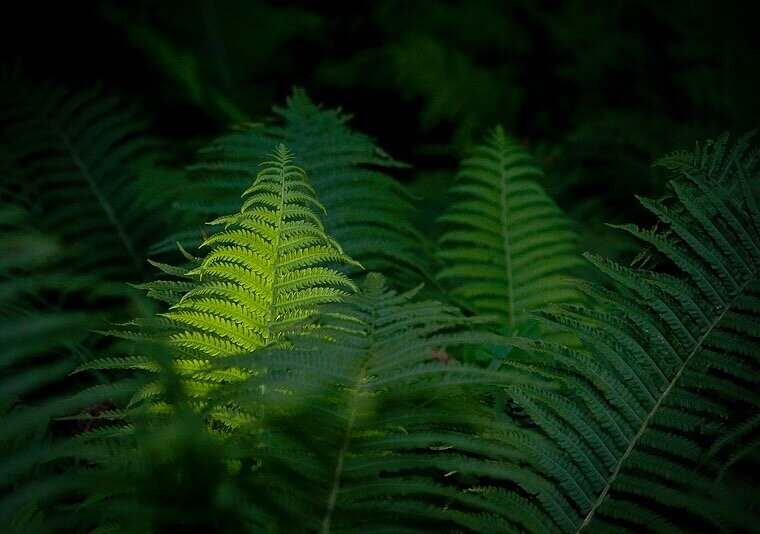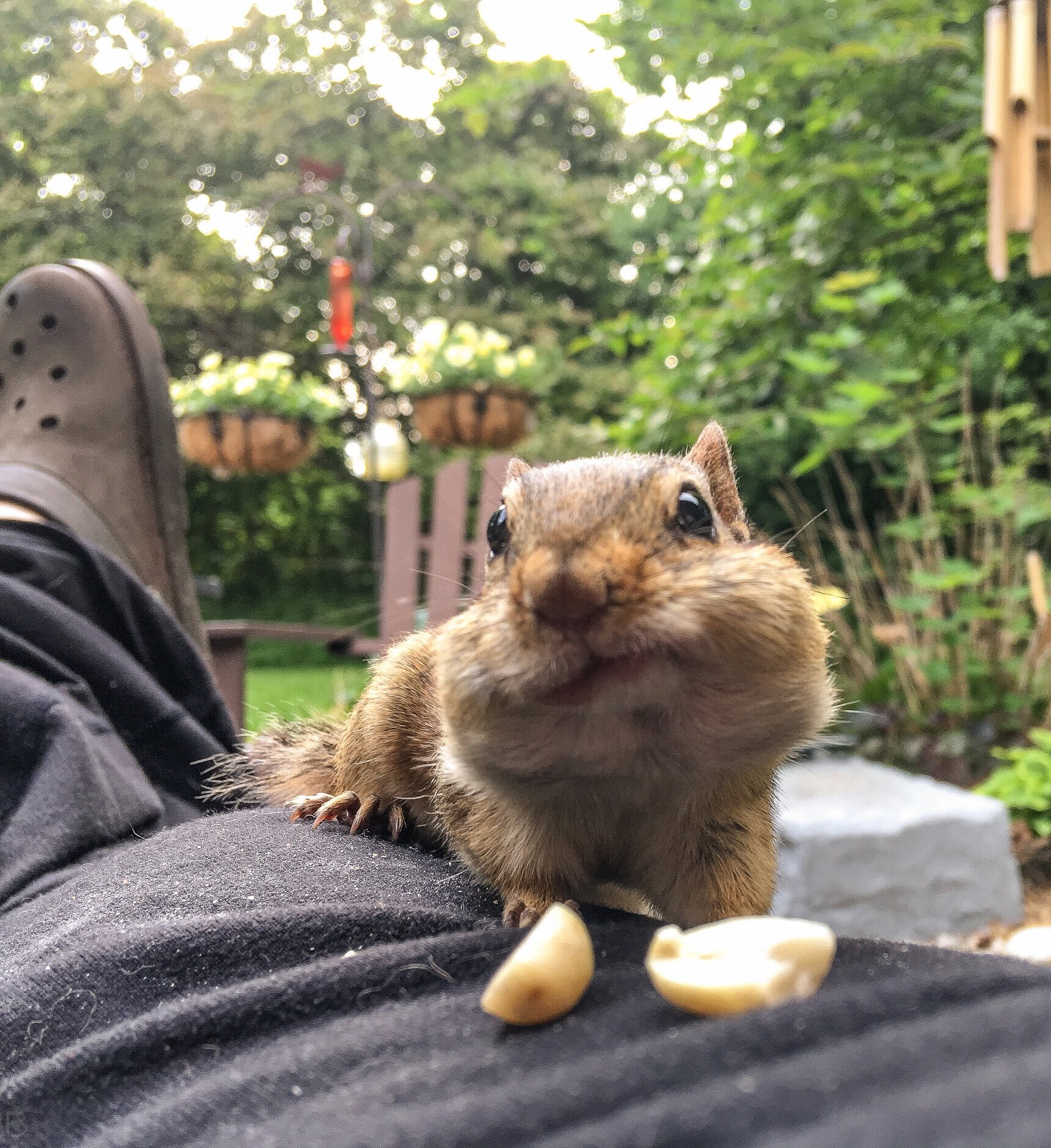How hard is it to design and create a woodland garden?
Building a Woodland garden can be a fun and rewarding experience. The key is letting go of what you may have perceived as the perfect garden and let nature do much of the work. Your focus should be in establishing layering the site with tall trees, understory trees, shrubs and ground covers. I hope this blog will help you achieve your dream.
Ideas and tips to bring backyard landscape ideas to life
It’s not easy being a woodland gardener.
I mean, how long can you sit and watch the chipmunks playing on the rocks or the birds feeding their young from the nearby birch branch. And those pesky hummingbirds buzzing around feeding from the cardinal flowers, not to mention the feeders hanging on the pole beside you.
Eventually you’ll need a break from not having to cut grass, deadhead the flowers and prune the shrubs to within an inch of their life.
So how hard is it to create a woodland garden? It’s important to know that a woodland garden design is most likely the easiest of all gardens to maintain providing you’re willing to relax a little. It’s the ultimate low-maintenance backyard landscape, but it will require some work to get it established at the front end. Plant trees, shrubs and get a ground cover established and then relax and learn to work with nature rather than against it.
It’s not all fun and games.
Add the burden of trying to satisfy our friendly chipmunk after she returns for what seems like her 100th visit to load up on peanuts.
Over in the corner of the garden, a doe rests in the tall ferns, while her two fawns romp around waiting for their day to begin.
Like I say, “this ain’t easy.”
And the noise! The birds, the bees, it’s all so overwhelming.
Nap time can’t come soon enough around here.
If this sounds good to you, it may be time to reconsider your backyard landscape design and use the information contained here on this website for backyard ideas and tips to create your low-maintenance landscape.
If you are looking for assistance, consider picking up The American Woodland Garden, by acclaimed author Rick Darke, Capturing the Spirit of the Deciduous Forest. It can be difficult to find, but is often available on the used market. Alibris, an U.S.-based used book seller, has copies of The American Woodland Garden for approximately $25 if readers are interested.
“So how hard is it to create a woodland garden? It’s important to know that a woodland garden design is most likely the easiest of all gardens to maintain providing you’re willing to relax a little. It’s the ultimate low-maintenance backyard landscape, but it will require some work to get it established at the front end. Plant trees, shrubs and get a ground cover established and then relax and learn to work with nature rather than against it. ”
If you are interested in exploring the world of shade gardening further, you might like my recent post on The Natural Shade garden.
Let the leaves fall to the ground and just leave them there over the winter.
The decaying leaves are important places for insects and pupae to overwinter. Their decomposition helps to build an earthy, humus-rich soil alive with micro-organisms.
Birds depend on the insects come spring to feed their nestlings. (Check out this post for the complete story on leaving your leaves where they fall.) (Check out this post on how to use fallen leaves to build your Woodland soil.)
The ultimate woodland wildlife garden incorporates layering. This illustration shows what birds primarily use the various zones.
Relaxing is key to building a woodland garden design
To build a Woodland garden, it’s important to be willing to let nature do its thing and not worry about every little weed (let’s just call it a wild flower shall we).
Instead of spending our days weeding, let’s, instead, ensure our Woodlands are filled with a variety of ground covers that stop weeds from taking over the garden beds.
Try a little Snow-in-Summer in a hot dry area to cover the ground with a living mulch. Not only is Snow-in-Summer a beautiful ground cover, it offers outstanding opportunities for some beautiful selective-focus photography.
If you do it right, you’ll have plenty of time to photograph the daily life of your garden and its visitors.
Where living ground covers are inappropriate, let’s use organic mulch like shredded bark, pine needles or composted leaves to cover the soil and restrict any weeds that want to poke up through the soil.
Instead of pulling weeds all summer, let’s relax with a glass wine on the patio and enjoy our feathered friends. Let’s use that time to focus on planting more native plants to attract more insects to our yards that, in turn, will bring more birds to our woodland gardens.
And those hostas that were eaten by our family of deer, let’s just rejoice in the fact we are keeping the local wildlife happy and healthy. (Click here for a gallery of the wildlife that visit our Woodland garden.)
If you can live with that, welcome to my woodland garden blog. It’s aptly named Ferns & Feathers for its abundance of both ferns and feathered friends.
If you care to join me, we’ll tackle this thing together; learn from one another’s shared knowledge and experiences. We can take some time to enjoy a discussion or two about building the woodland garden one tree at a time through layering – from the forest floor to the tips of the tallest trees.
Along the way we’ll share our top 3… top 5… top 10. (Click here for my five favourite bird items or here for my top 5 woodland garden books.
We’ll share what products work best for us, (like this Gorilla Cart or a blue tooth speaker) some time-saving tips, work-saving tips.
I’ll also be sharing garden photography tips, tricks and ideas to bring out the best images hiding in your garden. Doesn’t matter if your best camera is an i-phone, a sweet little point-and-shoot enthusiast camera model or a full-featured digital 35mm camera. I use them all to document our garden and, with a little luck, can pass on some wisdom from a hobby I’ve been enjoying most of my life.
And I’ve got some time after recently retiring from almost 40 years in the newspaper business. So, with all this time on my hands, my wife told me to find something to fill it with or else… I decided to combine two of my great loves – gardening and photography – into a fun little spot on the web for like-minded gardeners to pull up an adirondack chair and join me and Holly (our four-legged friend) to share some tall tales, our victories, failures and a decent glass of wine.
Okay, let’s get this show on the road.





